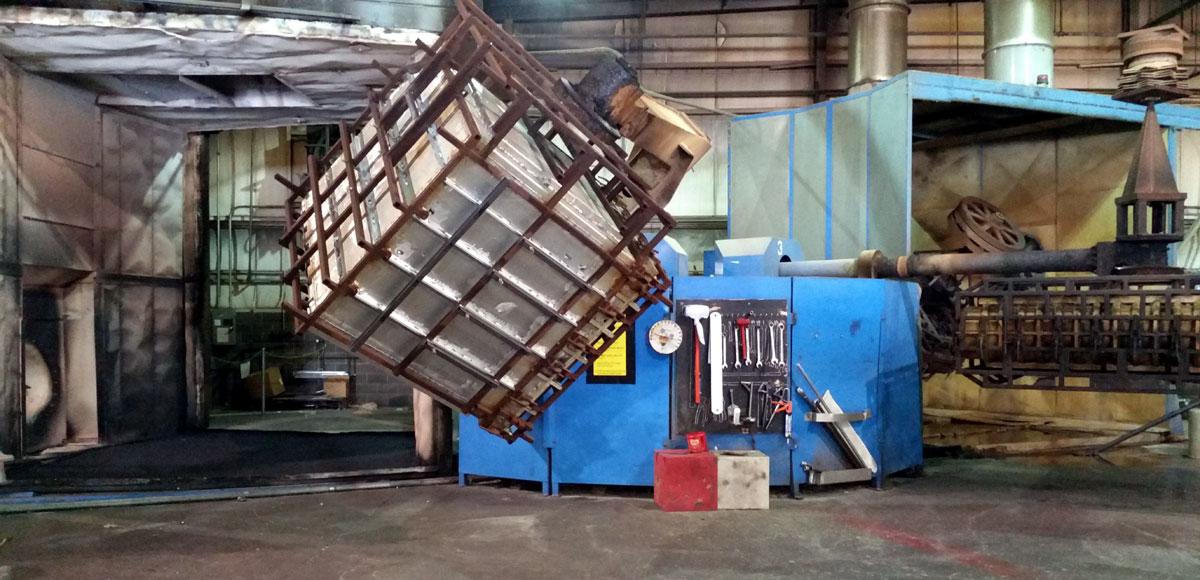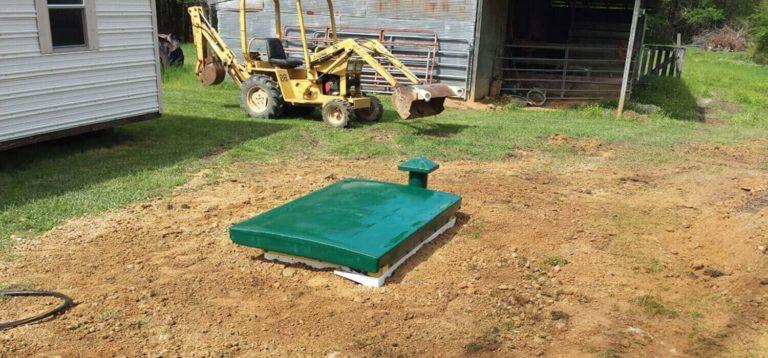The Advantages of Rotomolding in Modern Manufacturing
Rotational molding, commonly called rotomolding, is a adaptable manufacturing process applied to generate worthless plastic products. Unlike different plastic building methods such as for example injection or strike molding, Plastics Rotomolding depends on temperature and rotation rather than pressure to shape plastics. This technique is well known for its cost-effectiveness in making big, sturdy, and easy stuff like tanks, containers, games, and outside furniture.

How Rotomolding Works The rotomolding method starts with an empty shape, generally created from metal or steel. Plastic resin, often in powdered variety, is placed into the mold. The form is then covered and spun on two perpendicular axes while being heated in an oven. The centrifugal power blows the molten plastic consistently across the inside materials of the shape, growing a standard layer. After heat, the form is gradually cooled, frequently with air or water water, letting the plastic to solidify and keep its shape. Once cooled, the form is opened and the finished item is removed. Resources Found in Rotomolding Among the advantages of rotomolding may be the wide selection of materials that may be used. The absolute most commonly applied material is polyethylene because freedom, impact opposition, and charge efficiency. Different products include polycarbonate, plastic, and PVC, though they are less commonly used because of their larger price or handling difficulty. Additives like UV stabilizers, flare retardants, and colorants can also be incorporated to boost solution performance. Benefits of Rotomolding Rotomolding presents a few advantages over other plastic manufacturing processes. It provides seamless, stress-free products and services with regular wall thickness. The method is ideal for low to medium production volumes and is particularly powerful for large, complex shapes. Tooling prices are somewhat reduced, and the capacity to make design changes easily adds to their flexibility. Furthermore, rotomolded items are extremely sturdy, creating them suited to commercial and outside use. Restrictions and Issues Despite its many benefits, rotomolding also offers limitations. It is typically slower than other molding techniques, which makes it less suited to high-volume production. The surface end is normally less refined, and the method offers limited get a grip on over tolerances. Also, since it takes heating and chilling cycles, energy usage may be significant. Purposes of Rotomolding

Rotomolding is found in a wide selection of industries, from agriculture and automotive to healthcare and recreation. Common products and services include storage tanks, kayaks, traffic cones, playground equipment, and custom components for professional machinery. Their capacity to make sturdy and light parts continues to operate a vehicle advancement in style and application. Conclusion Rotomolding is just a distinctive and effective plastic production approach that gives numerous advantages for unique applications. While it might perhaps not change high-speed manufacturing practices, their ability to produce complicated, sturdy, and cost-effective plastic items assures its extended relevance in the plastics industry.